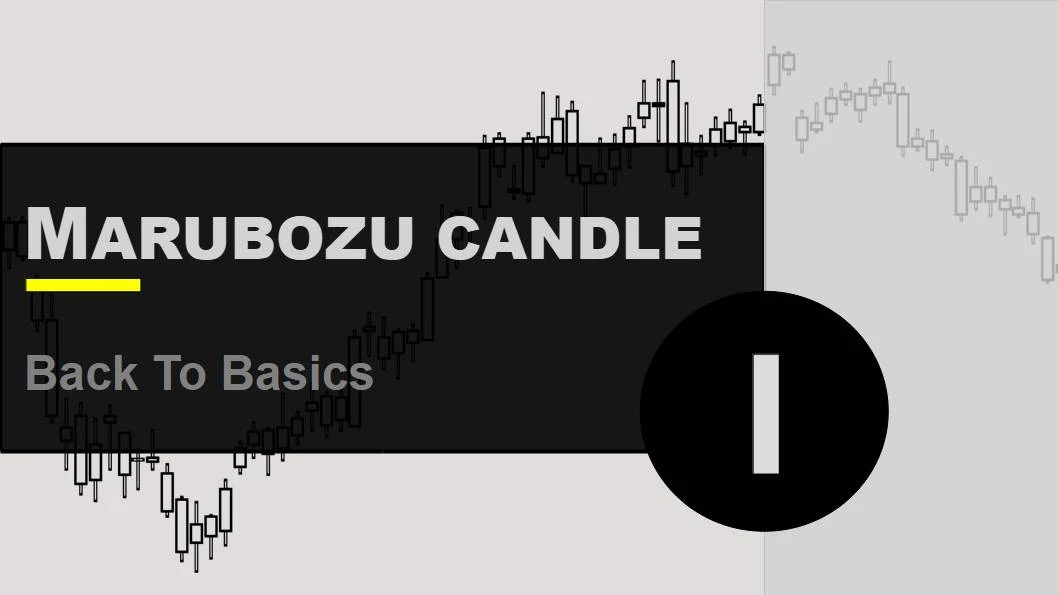Introduction To High Wave Candlestick

In this module, we are going to discuss the High Wave candle which gives the information that there is no decision which way the market will go. We'll show you what this looks like, its characteristics, and discuss the psychology behind High Wave candle.
In addition, we'll look at the psychology behind the High Wave candle and discuss predictions for the future.
The first thing we want to discuss with you is what a High Wave candle is.
During any trend, a candle with a small real body and long shadows on both the upper and lower sides is called a high wave candlestick pattern.
Characteristics of a High Wave candlestick pattern
| Feature | Character |
|---|---|
| Formation | The pattern consists of one candle with a long body and long shadows. |
| Color | The candle can be green (bullish) or red (bearish), but both colors are common. |
| Real Body Position | The real body is in the middle of the candle, showing that the opening and closing prices are close together. |
| Shadow | There are long upper and lower shadows (at least 3x the size of its real body). |
| Shadow Proportion | The shadows are much longer than the real body, showing lots of price movement. |
| Range | The range is wide because the candle shows a lot of price action during the trading session. |
| Volatility | Volatility is high. |
| Trend | This pattern can appear in any trend but usually shows uncertainty in the market. |
| Momentum | Momentum is mixed, meaning there’s no clear direction in buying or selling. |
| Symmetry | The candle is usually symmetrical, with shadows on both sides being similar in length. |
| Volume | Volume may vary, but high volume can support the pattern's significance. |
A High Wave Candlestick Pattern occurs during a trend and indicates the possibility of a counter-trend, meaning a reversal or indecision in the market direction.
Limitations of the High Wave Candlestick Pattern
- False Signal: In volatile markets, a High Wave candlestick can lead to misleading trade entries due to its indecisive nature.
- Dependence on Confirmation: This pattern often requires additional indicators or confirmation to validate potential trading signals.
- Movement: The High Wave pattern typically indicates market indecision, making it less reliable for predicting strong trends.
- Market View: Its effectiveness can vary significantly based on the broader market structure and prevailing trends.
- Limited Use in Strong Trends: Less reliable when the market is in a strong bullish or bearish phase, where indecision may not signal a reversal.
- Asset Variation: The success rate of the High Wave pattern may differ across various financial instruments.
- Point of View: Interpretation of the High Wave pattern can vary among traders, leading to inconsistent trading strategies.
- Volume Factor: Low trading volume can diminish the pattern's validity, making volume an important consideration.
Next In Line


